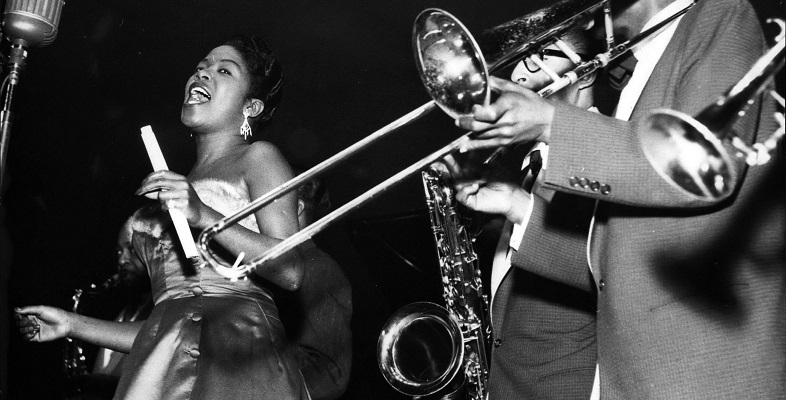Conclusion
In this course you have learned about musical form or structure: that is, how music is organised in time. Form is typically instantiated by means of repetition and contrast, as well as by variation (a procedure that lies somewhere between repetition and contrast).
Many musical traditions make use of style-specific terms to designate parts of musical form, and these terms help to coordinate musical interactions including ensemble performance and dancing. You looked at a number of examples of these terms, including in Western popular song, Congolese rumba, Hindustani classical vocal music, and powwow singing.
You also learned how to use alphabetical designations to indicate song form, exploring how to use upper- and lower-case letters (AABA, aabcbc) and prime marks (′,″). These alphabetical designations are especially helpful for characterising musical forms in which nesting takes place; that is, where smaller, local forms are embedded within larger, global ones.
Now that you have learned to identify form by ear, you may wish to attempt to identify the form of a piece of music that you enjoy. Try starting with something short and simple, perhaps a familiar song three or four minutes long. Good luck!
